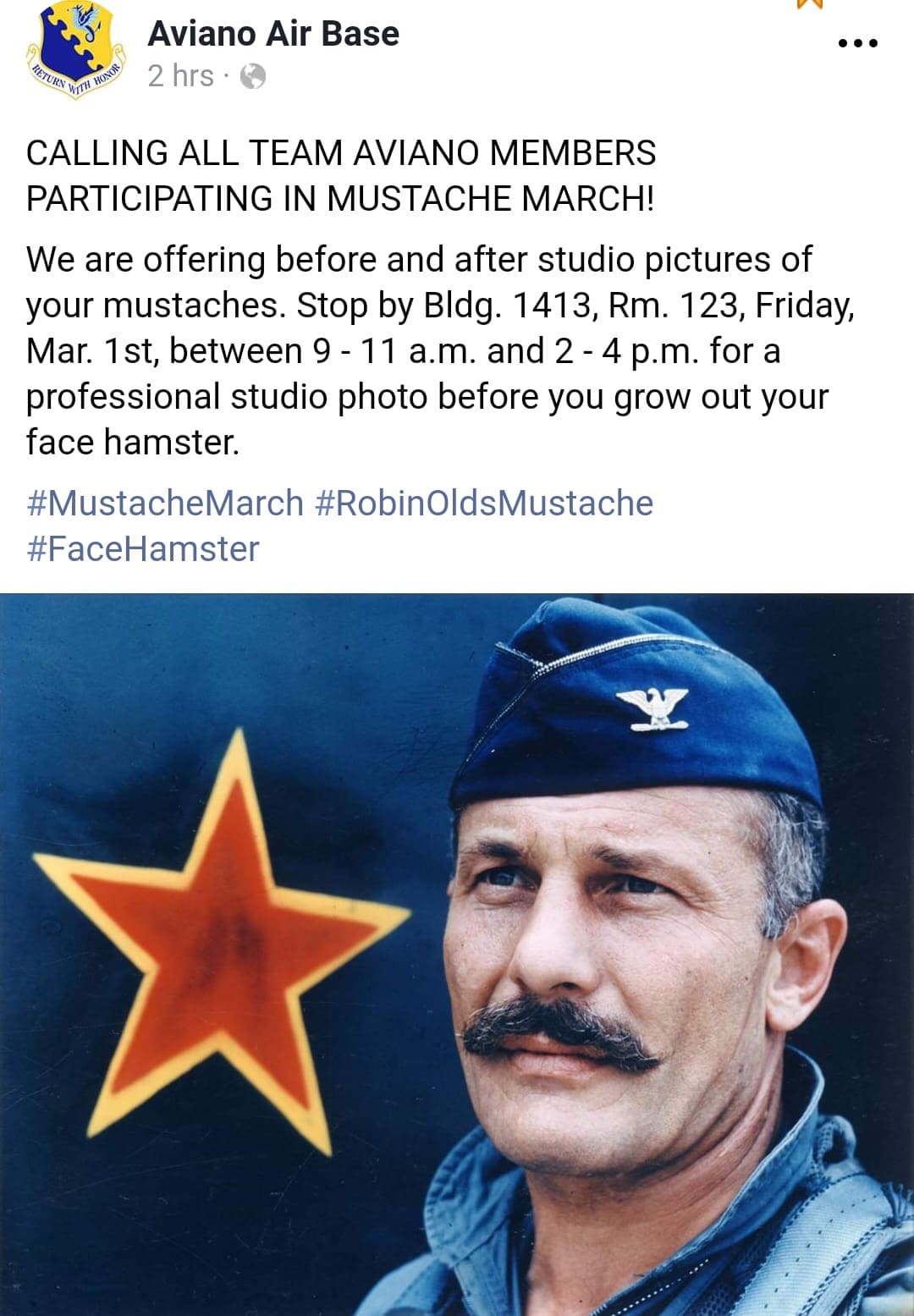

The M231 Firing Port Weapon is a rather obscure footnote in US Small Arms history. Thanks to Marty Bordson, owner of Badger Ordnance, I recently got the chance to fire one.
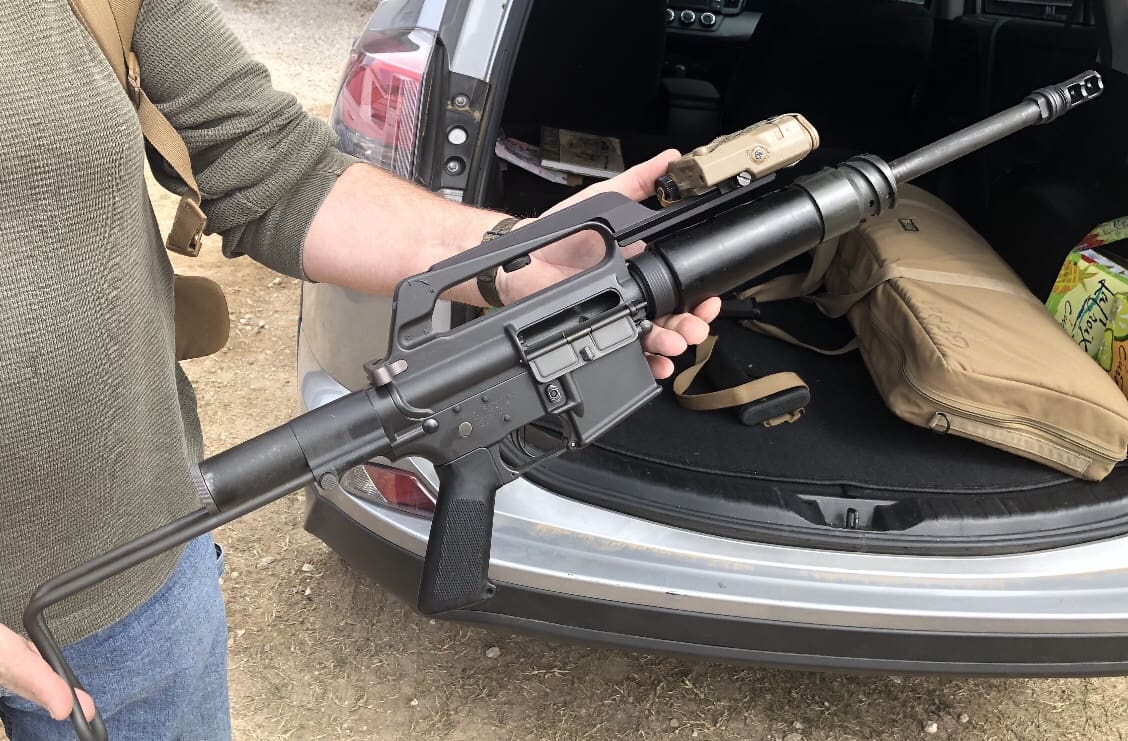
Designed to be shot from the firing ports of the M2 Bradley Fighting Vehicle (the M2 was the Infantry variant), the M231 was based on the M16A1. As you can see, it featured a short, threaded handguard which was screwed into place in the firing port. Initially, the M231 featured a wire stock, reminiscent of the M3 “Grease Gun” but it was later removed as it was prone to rattle off and become a nuisance in the vehicle. Although, the real reason was probably to dissuade the rifle’s use in place of the standard M16 by dismounted Infantry.
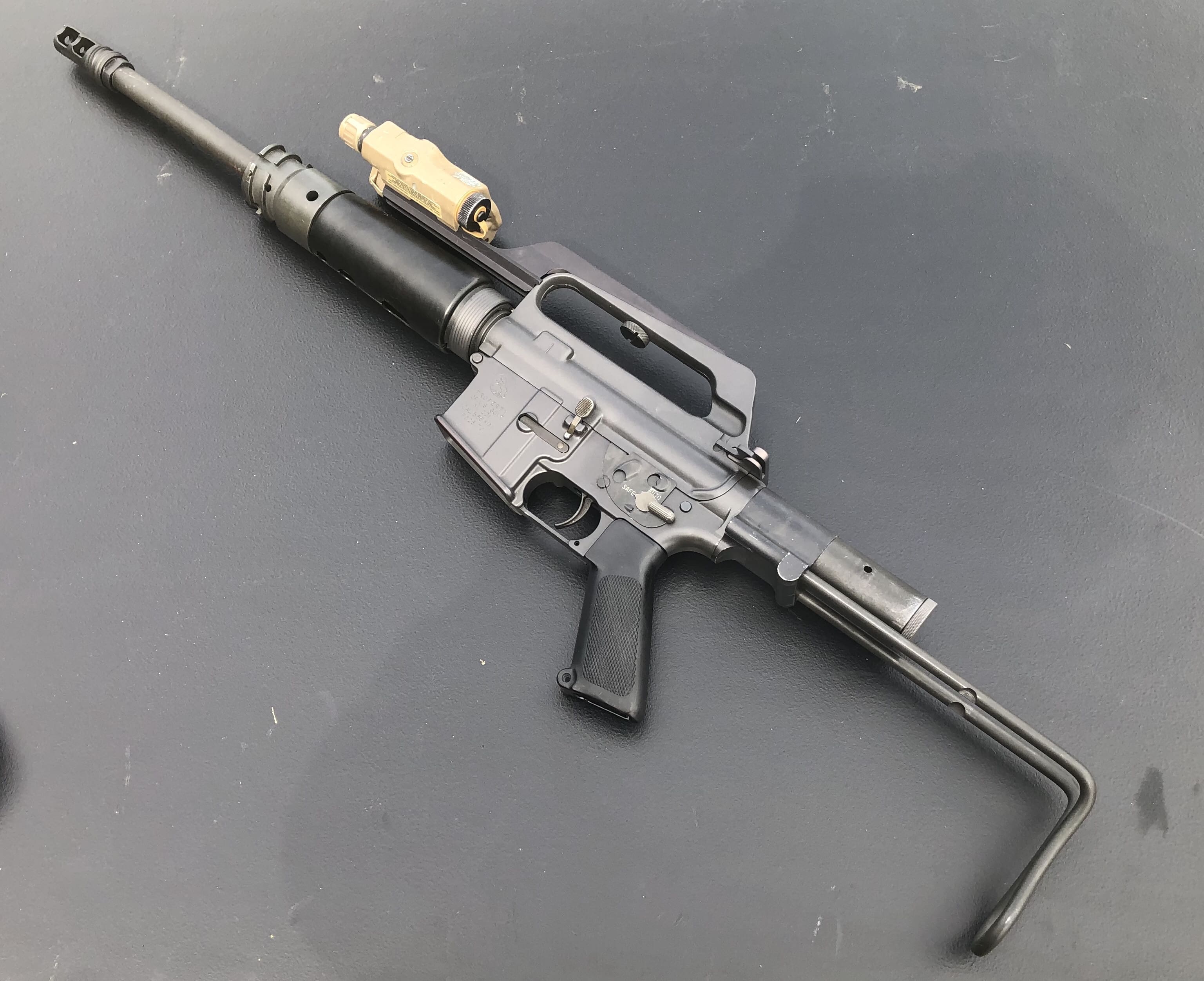
Below, you can see the modified selector lever, peculiar to the M231. It is either SAFE or AUTO and the SOP was to fire Tracer ammo, aimed through a vision block. The M231 was meant to deal with enemy dismounts who might try to engage from the sides and rear of the Bradley.

Marty made a couple of mods to the rifle in order to use it while hunting hogs. He changed out the flash hider so it would accept a Mack Brothers suppressor and fitted a mount and PEQ-15 to the carrying handle. Obviously, that didn’t do me any good during the day. I sighted over the top of the receiver and aimed at the berm.
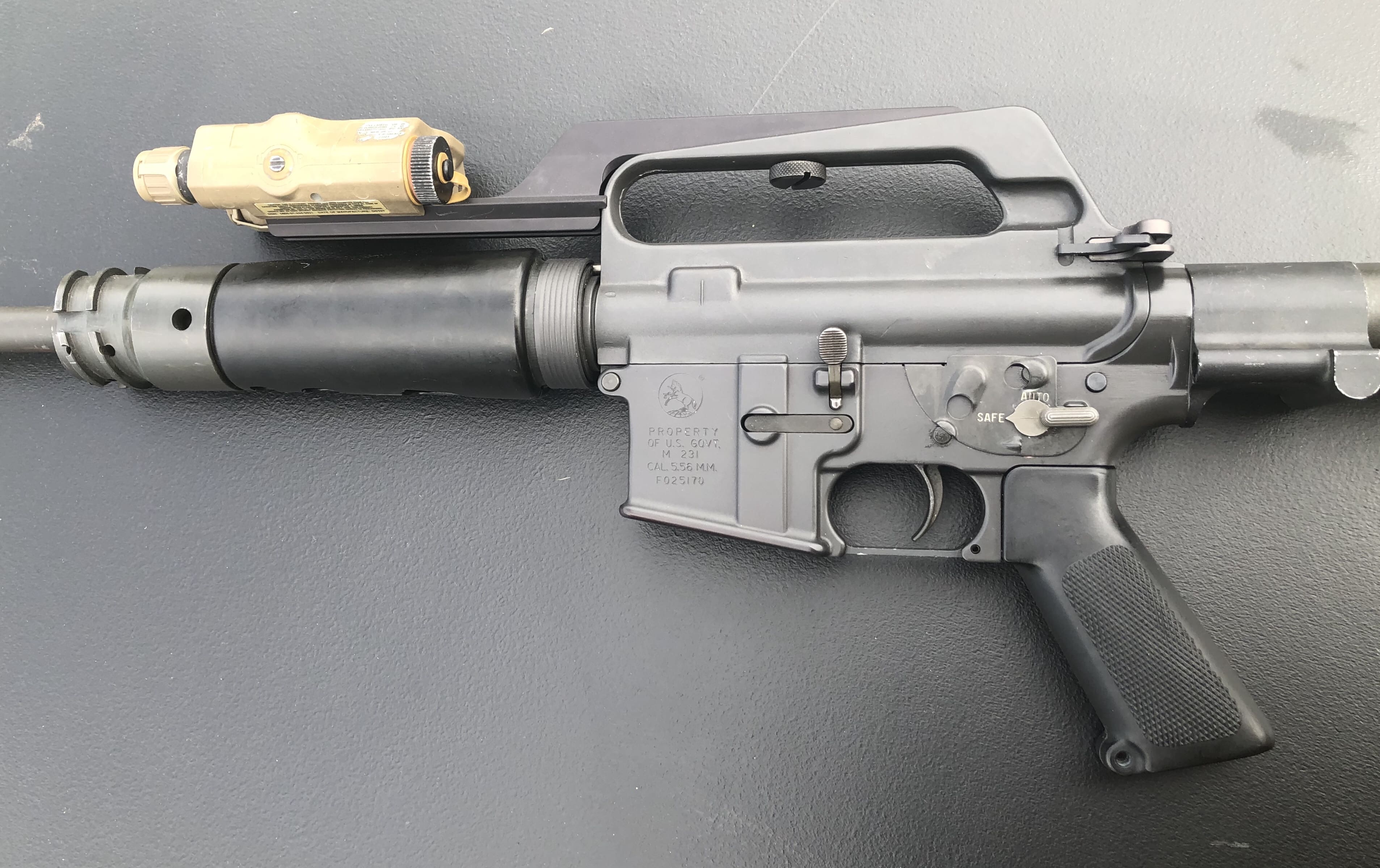
Perhaps the most interesting feature of the M231 is that it fires from the open bolt to help keep it cool. With a cyclic rate of around 1200 rpm, the added suppressor just sped it up, and also exacerbated the gas issues. I also had access to a Magpul D60 PMAG, while those using the M231 in its heyday would have only had USGI 30 rd magazines. My firing hand was covered in carbon when the magazine was finished and I had to stop halfway through, due to the back gas. The video below shows me firing the second half of the magazine. I can only imagine what it was like in the vehicle when there were six firing at once. For a period, there was supposed to be a vent hose for the gas, but the few accounts I’ve heard of these actually being fired from within the vehicle, it didn’t work.
Eventually, the M2 Bradley was upgraded with slab sides designed to accept reactive armor panels which eliminated the side firing ports. However, the M231 is said to soldier on, at least in arms rooms, as the M2 has retained the two firing ports on the rear hatch. As late as the invasion of Iraq, armored troops were spotted using the M231.
FORT BRAGG, N.C., – Today marks the 55th anniversary of the activation of the Military Assistance Command, Vietnam, Studies and Observations Group (MACV-SOG) in the Republic of Vietnam.
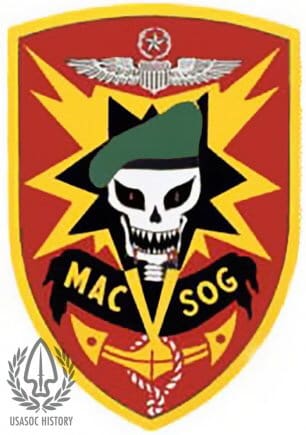
The Military Assistance Command, Vietnam, Studies and Observations Group (MACV-SOG) was activated, January 24, 1964, to function as a joint special operations task force. Commanded by a U.S. Army Special Forces colonel, MACV-SOG was a subcomponent of MACV. Born from a need to conduct more effective special operations against North Vietnam, many Central Intelligence Agency programs were transferred to SOG, which eventually consisted of personnel from U.S. Army Special Forces, U.S. Navy Sea-Air-Land (SEALs), U.S. Air Force, U.S. Marine Corps, Force Reconnaissance and CIA personnel. Special operations were conducted in North Vietnam, Laos, Cambodia, and South Vietnam.
MACV-SOG grew in size and scope over the next eight years. Missions evolved over time, and included strategic reconnaissance, direct action, sabotage, personnel recovery, Psychological Operations (PSYOP), counter-intelligence, and bomb damage assessments. Maritime operations covered the coastal areas of North Vietnam. PSYOP missions included ‘Voice of Freedom’ radio broadcasts into North Vietnam, to publicize the advantages of life in South Vietnam.
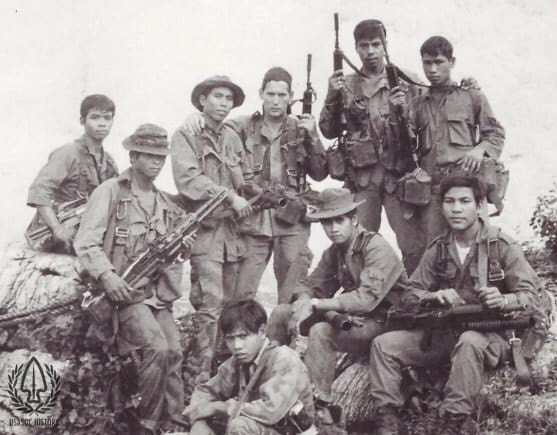
The so-called ‘Ho Chi Minh Trail,’ a vital enemy logistical system named for the North Vietnamese communist leader, was a target of many operations. The trail was a well-developed ‘highway’ that ran from North Vietnam through Laos and Cambodia. The communist insurgency was sustained by the trail, as troops, trucks, tanks, weapons and ammunition flowed south into South Vietnam. Aerial reconnaissance of the trail was difficult; SOG teams provided the most reliable ‘boots on the ground’ intelligence.
SOG headquarters remained in Saigon, with subordinate commands and units located in various forward operational bases over the years, with command and control camps, launch sites, training centers, and radio relay sites in all four U.S. Corps Tactical Zones. By late 1967, MACV-SOG had matured and split into three subordinate geographical commands: Command and Control North, Command and Control Central, and Command and Control South. CCN, at Da Nang, was the largest in size and conducted operations in southern Laos and northern Cambodia. CCC, at Kontum, also operated in southern Laos and northern Cambodia. CCS, at Ban Me Thout, was the smallest, and operated in southern Cambodia.
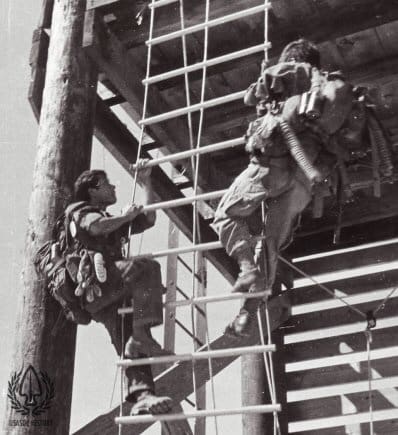
SOG command and control sites operated independently. Each was organized based on the ground tactical situation, but all three had reconnaissance, reaction or exploitation, and company-sized security forces. Each site was about the size of a modern SF battalion. Reaction or exploitation forces were used to extract reconnaissance teams or conduct raids or other assault missions. Reconnaissance teams (RT) consisted of two-to-three Americans and six-to-nine indigenous personnel, normally Vietnamese, Montagnards, Cambodians, or ethnic Chinese. Teams were given a variety of code names (U.S. states, poisonous snakes, weapons, tools, or weather effects). Support troops on site provided logistics, signal, medical, and military intelligence support.
Each mission was unique, but most followed a similar tactical profile: after being alerted of a mission, the reconnaissance team was briefed and conducted detailed planning, rehearsals, inspections, and training, time permitting. Teams were inserted by helicopter into the target area. Team leaders were Americans and designated as One-Zeros (10), with American assistant team leaders, and radio operators serving as One-Ones (11) or One-Twos (12). Indigenous troops were Zero-Ones (01), Zero-Twos (02), and so forth. Teams were given considerable latitude regarding tactics, uniforms and weapons. Captured enemy equipment was often used. Vital communications were maintained with a Forward Air Control fixed-wing aircraft. Such airplanes coordinated for close air support for immediate extraction if a team was compromised, or upon completion of the mission. A mission lasted from three-to-five days. SOG was all-volunteer, and personnel could leave without prejudice.
After 1970, the scope and intensity of SOG operations were affected by the ‘Vietnamization’ of the war, and steady withdrawal of U.S. forces from Southeast Asia. In March 1971, 5th Special Forces Group, the largest source of volunteers for the unit, returned to Fort Bragg, North Carolina. Congressional restrictions prevented U.S. personnel from accompanying operations into Cambodia and Laos. On April 30, 1972, the unit was deactivated. Colonels Clyde R. Russell, Donald D. Blackburn, John K. Singlaub, Stephen E. Cavanaugh, and John F. Sadler served as SOG commanders.

The first true JSOTF organization formed to support a theater campaign, SOG ‘blazed a trail’ for current Army and joint special operations task forces in the war against transnational terrorism. The teams conducted special operations missions, often across international borders, to support the commander’s mission in Vietnam. Nine ARSOF SOG soldiers received the Medal of Honor and the unit was awarded a Presidential Unit Citation. Some sources credit the organization with providing upwards of seventy-five percent of intelligence on the Ho Chi Minh Trail. SOG innovative tactics, personal equipment, and lessons learned influence SOF to this day.
By Robert Seals, USASOC History Office
Editor’s note: This article was originally published on 24 January, 2019.
GUHOR Stick? What the heck is a GUHOR Stick and what does it have to do with SSD? Well, as some of you may know, I spent the first half of my career in the Army MI business, primarily as a SIGINTer. Since the Army in its infinite wisdom decided to dismantle and then stovepipe its IW capability over the past 25 years, I feel it’s important to revisit the history of the SIGINT business as it is recreated in the form of Cyber Electro Magnetic Activities, or CEMA.

The GUHOR Stick is one of the most important tool ever invented for the traffic analyst (TA). Solutions to the most intricate communications networks often began with this simple device.
No self-respecting TA was ever without one close at hand. Like the six-shooter of the old West, the analyst kept it at his or her side, always ready to draw- circles, boxes, and lines.
The GUHOR Stick, in its most recent and best known iteration, is merely a 6? by 1.5? clear plastic template. Its prime purpose is to facilitate the drawing of communications diagrams, although its secondary uses are endless. It comes equipped with a large circle at one end to draw control terminals, a smaller circle at the other end for outstations, and a small rectangle in the center for communications relays and collective (CQ) calls. The straight edges are used to connect these stations and show communications paths. With this tool, a #2 pencil (with extra erasers), some graph paper, and several pencils of various colored leads, the analyst of old was fully prepared to face any communications adversary.
GUHOR Stick! But where did this strange name come from? Putting my analytical skills to work, I set out to research the issue. To my surprise, there was a higher than expected number of individuals who had heard the name. Most were seasoned veterans from a mixture of professions, including linguists, reporters, managers, executives, and, naturally, traffic analysts. But there was more than a little discussion about what this device was and where its name originated.
The early returns were mixed, however. I was still searching for the definitive word. It was at this point when I began to get responses from members of a Communications Analysis Association (CAA) interest group. A number of seasoned veterans recounted their GUHOR experiences and, in a number of colorful responses, gave me what I believe to be the true scoop.
GUHOR Sticks as traffic analysis tools have been around for decades. Some CAA respondents remembered seeing or using them in one form or another from at least the early 1960s. Even so, a couple of questions remain unanswered. Who invented it? Why was it given this curious name? Someone out there knows. If you can solve the mystery, we (Station HYPO) are ready to hear a good story.
All this discussion about GUHOR Sticks may be moot. These devices are few and far between these days. The GUHOR Stick does not have a federal stock number. They were made in batches at NSA by special order; however, they are fast becoming collector items. With the advent software, many analysts are using computer graphics to diagram their targets. The traditional circles and lines on paper are becoming passé. Most GUHOR Sticks that are found are being employed for many a sundry task-not for crafting the intricate networks of old, but for drawing nondescript lines and symbols unrelated to the trade of traffic analysis.
Those on field duty in the Pacific used a similar device which they called a “pooka-maker.” Pooka is a Hawaiian word for “hole.”
Source: NSA CRYTPOLOG July, 1994 (MDR Case #54778)
Edited by Mario Vulcano
To read more history, visit Station HYPO.
From the official US Army History Of 1981.
Clothing and Personal Equipment
The Army took several initiatives in fiscal year 1981 involving uniforms. Black shoulder marks were approved for wear by enlisted personnel in grade of corporal and higher; a maroon beret was authorized for wear by soldiers in airborne units; black braid was added to female officers’ green slacks; a black pullover wool sweater, approved last year, was fielded; a maternity uniform shirt was approved; and washable Army-green trousers with washable braid were approved.
The Army terminated the policy of granting exceptions to appearance standards based on religious beliefs for wearing beards, unshorn hair, turbans, or religious jewelry. This change followed a review of the effect of these exceptions on the soldier’s mission, health, and safety. Soldiers already in the Army may continue to enjoy the previously granted exceptions as long as they are otherwise eligible for service.
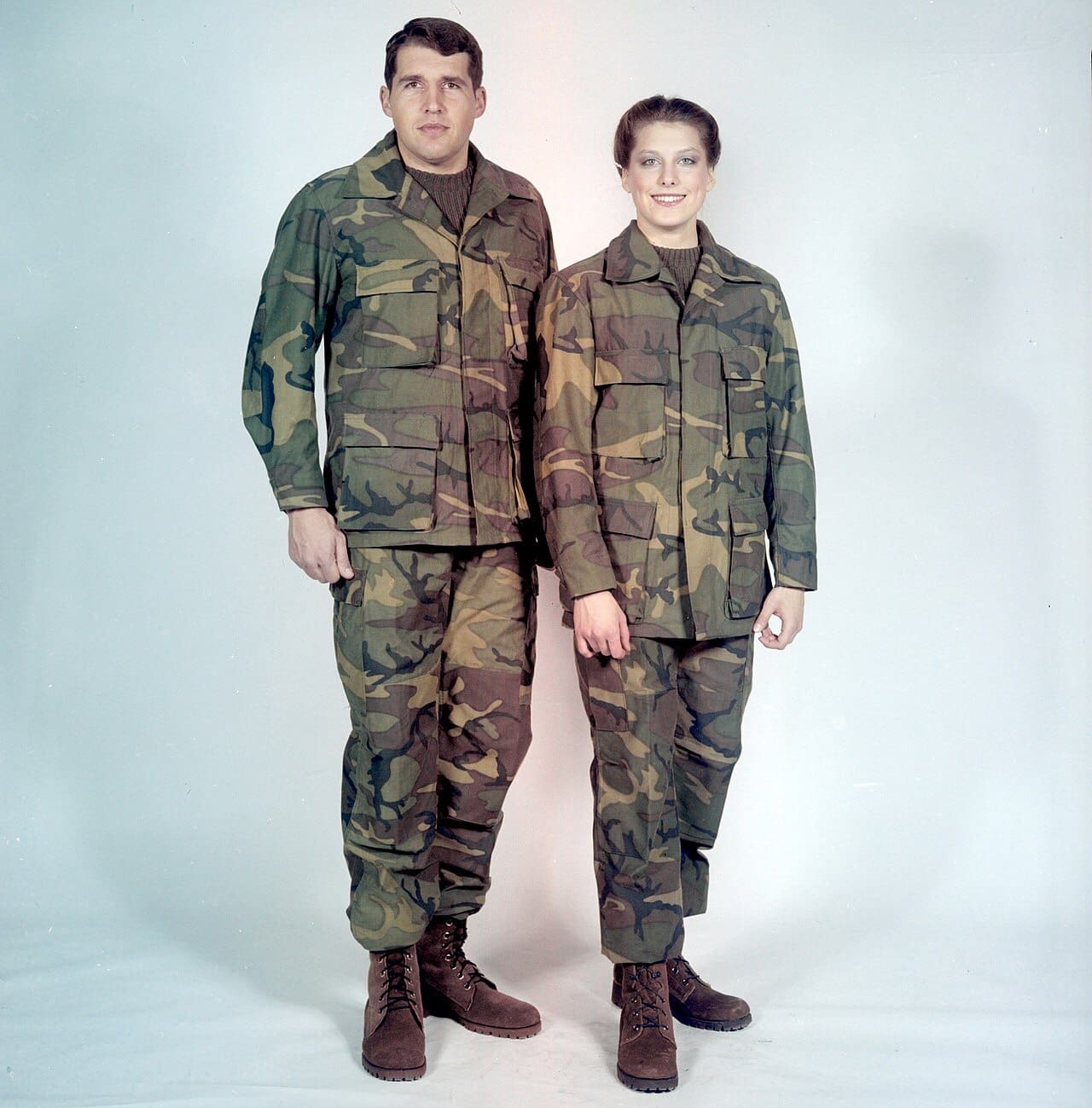
The temperate camouflage battle dress uniform (BDU) will be introduced as the Army’s field-garrison uniform on 1 October 1981. The BDU has a wood (forest like) color pattern, is infrared reflective, has reinforced elbows, knees, and seat, and is made with fabric that is 50-percent cotton and 50-percent nylon. The BDU includes a coat, hat, and trousers and represents the second phase of a multistage transition to all-camouflaged individual clothing and equipment. The first stage was the introduction of the desert camouflage BDU as an organizational item. It will be used mainly by the Rapid Deployment Force (RDF) in a desert environment. During fiscal year 1981 the RDF was completely outfitted in both day and night editions of the desert BDU.
Both the temperate and desert BDUs are part of the Army’s Battle Dress System (BDS). This system includes three camouflage uniforms which will allow the Army to operate in temperate, desert, and arctic environments. Conversion to this system will require the modification of many existing items of individual clothing and equipment as well as the introduction of new items.
C.A.C.I. Inc.-Federal received a contract in September 1981 to examine existing Army personal-organizational clothing and individual equipment management procedures and to recommend a more cost-effective way of doing business. The study should be completed by mid-1982. A study advisory group has been established to monitor the contractor’s progress, clarify requirements, and supply guidance.
Heraldic Activities
The Institute of Heraldry continued to provide heraldic services for the armed forces and other government agencies during fiscal year 1981. The emphasis of this year’s work, however, was on Army items. These included the design and development of the Army Achievement Medal, Noncommissioned Officers Professional Development Ribbon, Army Service Ribbon, and Overseas Service Ribbon. To meet the needs of Army units, 158 distinctive unit insignia and 28 shoulder-sleeve insignia were designed and developed during this period. In the area of research, the institute is continuing its program of evaluating various materials and methods of manufacturing flags in order to provide alternative, less costly items and to broaden the procurement base. The following statistics reflect, in part, the accomplishments of the institute: design of 510 items; completion of 1830 paintings and drawings and 174 sculptured items (molds, models, and casts); development of 130 items-some new and some modified which were placed in the procurement system; and inspection of 134,508 items under the optional-purchase quality-control system during visits to fifty-five posts and base exchanges. In addition the institute performed 1,750 research and engineering support actions to assist the Defense Personnel Support Center.
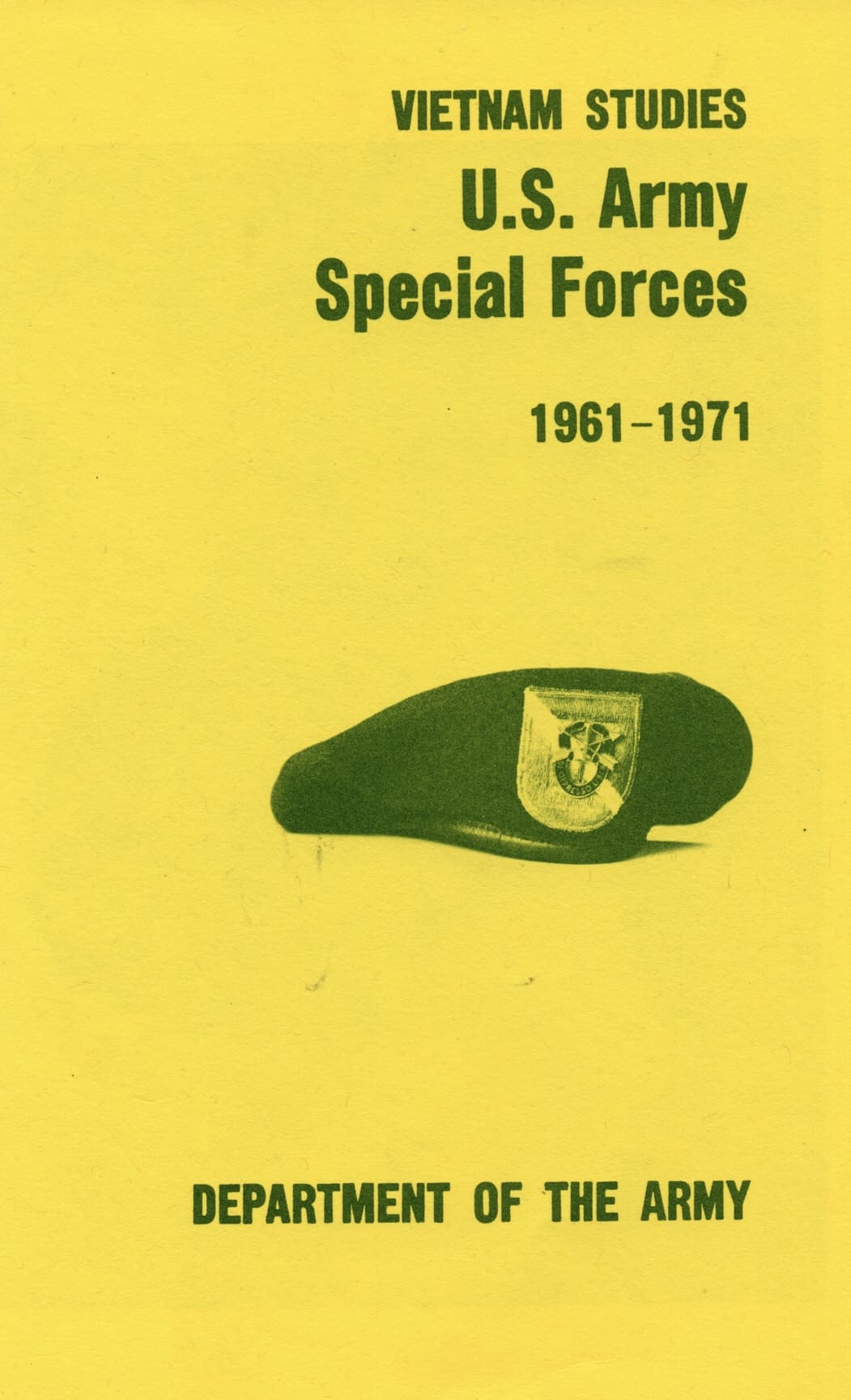
Although written in 1973 by former 5th Group commander COL Francis J Kelly, this edition of this title in the US Army’s Vietnam Studies series was most recently published in 2004.
Download your copy at history.army.mil.
Not enough can be said for the men and women who fought in WW2. Right after the attack on Pearl Harbor, salvage divers started to rescue as many people as they could and raise as many ships as they could, so they could be put back into the fight.
19 ships were sunk or damaged on December 7, by the Japanese; the efforts of the greatest generation raised all but three (the Arizona, the Utah, and the Oklahoma).
Here are a couple of good articles about the salvage diver efforts.
warfarehistorynetwork.com/daily/wwii/the-pearl-harbor-salvage-effort-keeping-navy-fighting